Sea freight is one of the most popular methods for shipping goods globally, and it plays a crucial role in international trade. When it comes to shipping from China to Morocco, understanding the intricacies of sea freight can make a significant difference in terms of cost, efficiency, and reliability. This guide aims to provide a comprehensive overview of sea freight, focusing on the costs involved, transit times, and best practices to ensure a smooth shipping experience. Whether you are a seasoned importer or new to international logistics, this guide will equip you with the knowledge needed to optimize your shipping processes and maximize your business potential.
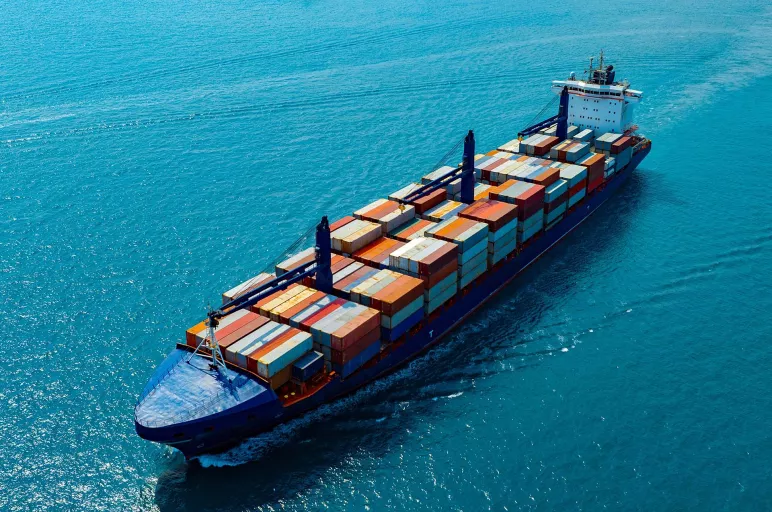
Understanding Sea Freight
What is Sea Freight?
Sea freight, also known as ocean freight, refers to the transportation of goods via cargo ships. It is one of the oldest and most widely used methods of shipping due to its cost-effectiveness and capacity to handle large volumes of cargo. There are generally two types of sea freight services:
- Full Container Load (FCL): This service entails booking an entire container for a single shipment. It is ideal for large shipments that can fill a container, offering better control and security.
- Less than Container Load (LCL): This service involves consolidating multiple shipments from different customers into a single container. It is suited for smaller shipments and can be more cost-effective than FCL for lower volume goods.
Benefits of Sea Freight
Sea freight offers several advantages that make it a preferred choice for many businesses:
- Cost-Effectiveness: Compared to air freight, sea freight is significantly cheaper, especially for large and heavy shipments. The cost per unit of weight or volume is lower, making it a budget-friendly option for bulk goods.
- Capacity for Large Shipments: Sea freight can accommodate very large and heavy shipments that may be impractical or too expensive to send by air.
- Environmental Impact: Shipping by sea is generally more environmentally friendly than air freight. Cargo ships produce fewer emissions per ton of cargo compared to airplanes, contributing to a lower carbon footprint.
READ MORE:
- Shipping From China To Algeria
- Shipping From China To Angola
- Shipping From China To Morocco
- Shipping From China To Nigeria
- Shipping From China To Kenya
- Shipping From China To Tanzania
- Shipping From China To South Africa
Cost Factors
Breakdown of Costs
Understanding the various cost components of sea freight is essential for budgeting and cost management. Here are the primary cost factors to consider:
- Shipping Charges: These are the base costs for transporting the goods from the port of origin to the port of destination. Charges vary based on whether you choose FCL or LCL services.
- Port Fees and Terminal Handling: These fees cover the handling of cargo at the ports, including loading, unloading, and storage. Terminal handling charges (THC) are typically billed separately from the shipping charges.
- Customs Clearance and Duties: Importing goods requires customs clearance, which involves administrative fees and duties based on the type and value of the cargo. Partnering with a reliable customs clearance service can streamline this process.
- Insurance Services: To protect against potential loss or damage during transit, insurance services are highly recommended. The cost of insurance varies based on the value and nature of the goods.
- Surcharges: These are additional fees that can be levied for various reasons, such as fuel surcharges, peak season surcharges, and security surcharges.
Ways to Minimize Costs
There are several strategies businesses can employ to reduce sea freight costs:
- Bulk Shipping Discounts: Shipping larger volumes can often qualify for bulk shipping discounts. Consolidating shipments to meet the minimum volume requirements for FCL can result in significant savings.
- Negotiating with Freight Forwarders: Building a good relationship with your freight forwarder can open opportunities for negotiating better rates. Consider partnering with Dantful International Logistics, known for its cost-effective and high-quality services.
- Choosing the Right Shipping Route: The choice of shipping route can impact both cost and transit time. Researching and selecting the most efficient route can help minimize expenses and reduce delays.
By understanding these cost factors and employing effective strategies, businesses can optimize their sea freight operations and achieve cost savings without compromising on service quality.
Shipping Time
Transit Time Estimates
Shipping time is a crucial factor for businesses that rely on timely deliveries to maintain their supply chain. The average transit time for sea freight from China to Morocco can vary significantly based on several factors. Generally, shipments from major Chinese ports like Shanghai, Ningbo, or Shenzhen to Moroccan ports such as Casablanca or Tangier take approximately 25 to 35 days.
Factors Influencing Shipping Time:
- Weather Conditions: Adverse weather conditions such as storms or high seas can delay transit times.
- Port Congestion: Delays at either the origin or destination port due to congestion can add extra days to the shipping time.
- Customs Inspections: Random or scheduled customs inspections can also cause delays.
- Shipping Routes: Direct routes tend to be faster, whereas routes with multiple stops or transshipments can add to the transit time.
Here’s a table summarizing typical transit times from major Chinese ports to Moroccan ports:
| Origin Port | Destination Port | Estimated Transit Time |
|---|---|---|
| Shanghai | Casablanca | 30-35 days |
| Ningbo | Tangier | 25-30 days |
| Shenzhen | Agadir | 28-33 days |
| Xiamen | Casablanca | 32-37 days |
Expedited Shipping Options
For businesses that require faster delivery times, expedited shipping options are available. These usually involve premium services that can significantly reduce transit time but come at a higher cost.
When to Use Expedited Shipping:
- Urgent Shipments: When the delivery timeline is critical for business needs.
- Perishable Goods: Items that have a limited shelf life may require quicker transit.
Cost Implications:
- Expedited shipping can be 20-50% more expensive than regular sea freight.
- It is essential to calculate the cost-benefit ratio to determine if the expedited service is worth the additional expense.
Best Practices
Choosing a Reliable Freight Forwarder
Selecting a trustworthy freight forwarder is critical to ensuring a smooth shipping process. A good freight forwarder will manage all logistical aspects, from documentation to handling cargo, providing peace of mind and allowing you to focus on other business operations.
What to Look for in a Freight Forwarder:
- Experience and Expertise: Look for companies with extensive experience in international shipping.
- Comprehensive Services: Choose a forwarder that offers a wide range of services, including customs clearance, insurance, and warehousing.
- Reputation and Reviews: Check customer reviews and testimonials to gauge reliability.
Consider partnering with Dantful International Logistics, known for its highly professional, cost-effective, and high-quality services.
Dantful International Logistics Services:
- Dantful Ocean Freight Services
- Air Freight From China
- Amazon FBA Freight Forwarding
- WAREHOUSE Services
- One-Stop Customs Clearance Solution
- Cargo Insurance Services in China
- DDP Shipping Services By Dantful Logistics
- Out of Gauge Cargo Transportation Shipping Services
Proper Documentation
Clear and accurate documentation is essential for avoiding delays and ensuring compliance with international shipping regulations.
Essential Documents:
- Bill of Lading (B/L): A contract between the shipper and the carrier.
- Commercial Invoice: Details of the goods being shipped and their value.
- Packing List: Provides details about the shipment’s contents.
- Certificates of Origin: Indicates where the goods were manufactured.
- Import Licenses: Required for certain types of goods.
Common Pitfalls to Avoid:
- Incorrect or incomplete information can lead to delays and additional costs.
- Ensure all documents are properly signed and stamped where required.
Packaging and Labeling
Proper packaging and labeling are crucial for protecting goods during transit and ensuring they reach the correct destination.
Best Practices for Secure Packaging:
- Use high-quality materials to withstand rough handling.
- Properly seal containers to prevent moisture and damage.
Importance of Accurate Labeling:
- Clearly label each package with destination details.
- Include handling instructions to mitigate the risk of damage.
Tracking and Communication
Staying informed about the status of your shipment is essential for planning and coordination.
Utilizing Tracking Tools:
- Modern freight forwarders offer tracking tools that provide real-time updates on your shipment’s location and status.
- This helps in proactive planning and mitigating any potential issues.
Maintaining Open Communication:
- Regular communication with your logistics partner ensures you are aware of any delays or issues that may arise.
- Open lines of communication help in quickly resolving any problems.
FAQ
Q1: How long does sea freight take from China to Morocco?
A: The average transit time takes approximately 25 to 35 days, depending on factors such as weather, port congestion, and customs inspections.
Q2: What are the main costs involved in sea freight from China to Morocco?
A: Major cost factors include shipping charges, port fees, customs clearance, insurance services, and various surcharges.
Q3: What documents are essential for sea freight?
A: Key documents include the Bill of Lading, Commercial Invoice, Packing List, Certificates of Origin, and Import Licenses.
Q4: How can I reduce sea freight costs?
A: Consider bulk shipping discounts, negotiating with freight forwarders, and choosing the most efficient shipping routes.
Q5: Why should I choose Dantful International Logistics?
A: Dantful offers highly professional, cost-effective, and high-quality logistics services, ensuring a smooth and reliable shipping experience.

Young Chiu is a seasoned logistics expert with over 15 years of experience in international freight forwarding and supply chain management. As CEO of Dantful International Logistics, Young is dedicated to providing valuable insights and practical advice to businesses navigating the complexities of global shipping.
The other language versions of this article:
- The Ultimate Guide to Sea Freight from China to Morocco: Cost, Time, and Best Practices
- الدليل النهائي للشحن البحري من الصين إلى المغرب: التكلفة والوقت وأفضل الممارسات
- The Ultimate Guide to Sea Freight from China to Morocco: Cost, Time, and Best Practices
- Полное руководство по морским перевозкам из Китая в Марокко: стоимость, время и лучшие практики
- Der ultimative Leitfaden für Seefracht von China nach Marokko: Kosten, Zeit und bewährte Vorgehensweisen
- Le guide ultime du fret maritime de la Chine au Maroc : coût, délais et meilleures pratiques
- Çin’den Fas’a Deniz Taşımacılığına İlişkin Temel Kılavuz: Maliyet, Süre ve En İyi Uygulamalar
- La guida definitiva al trasporto marittimo dalla Cina al Marocco: costi, tempi e migliori pratiche
- De ultieme gids voor zeevracht van China naar Marokko: kosten, tijd en beste praktijken










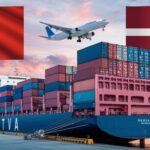
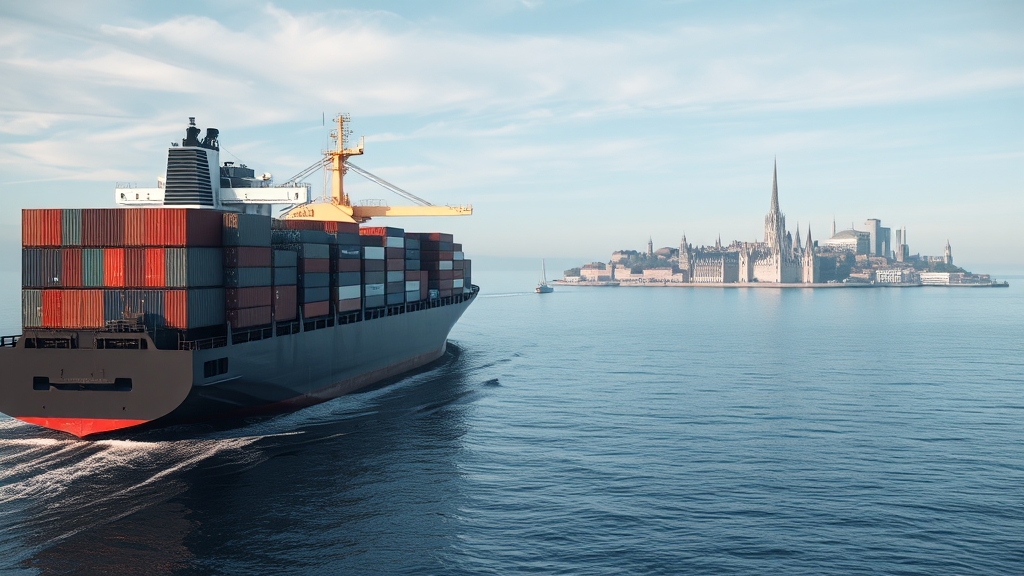
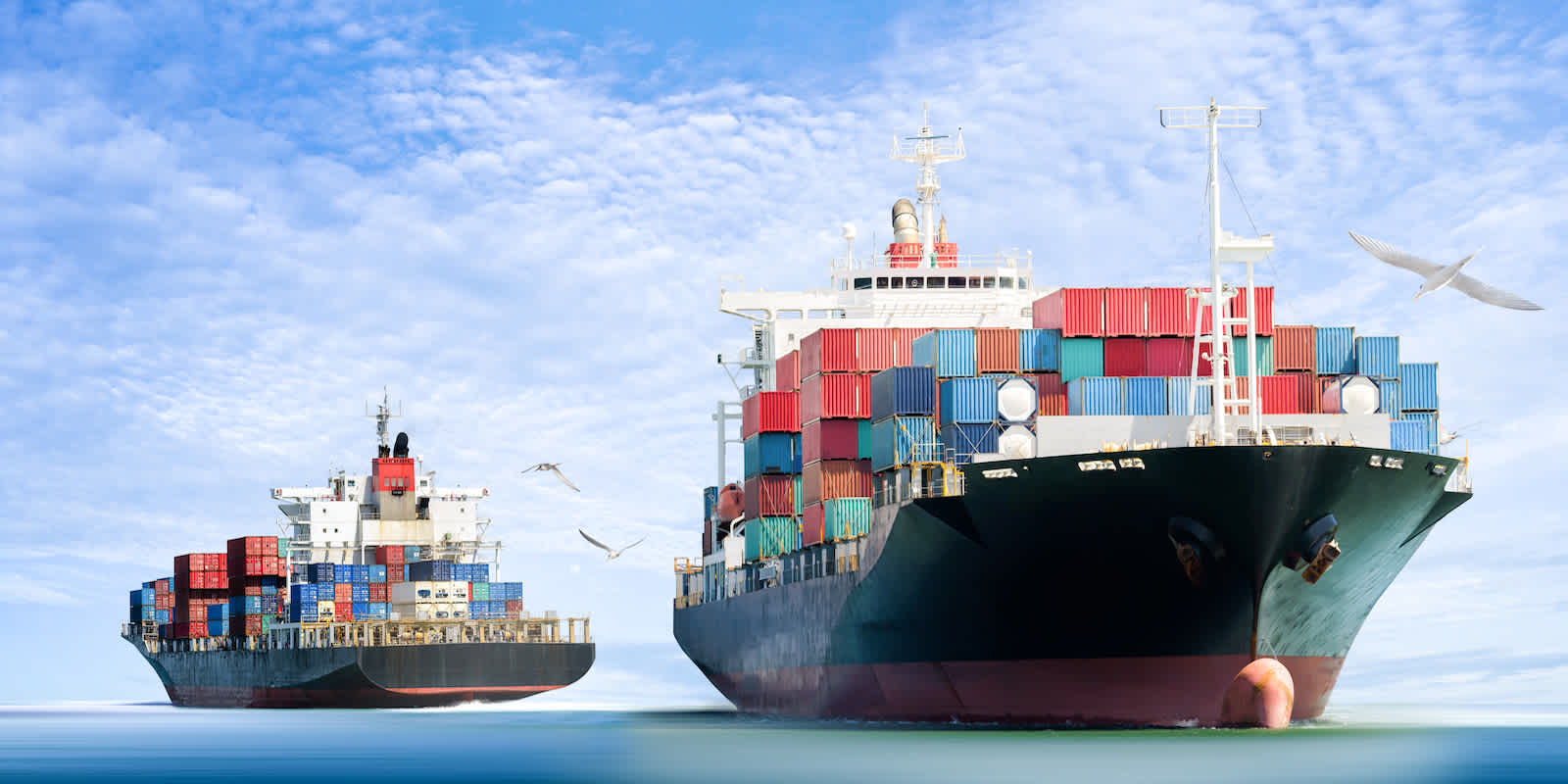
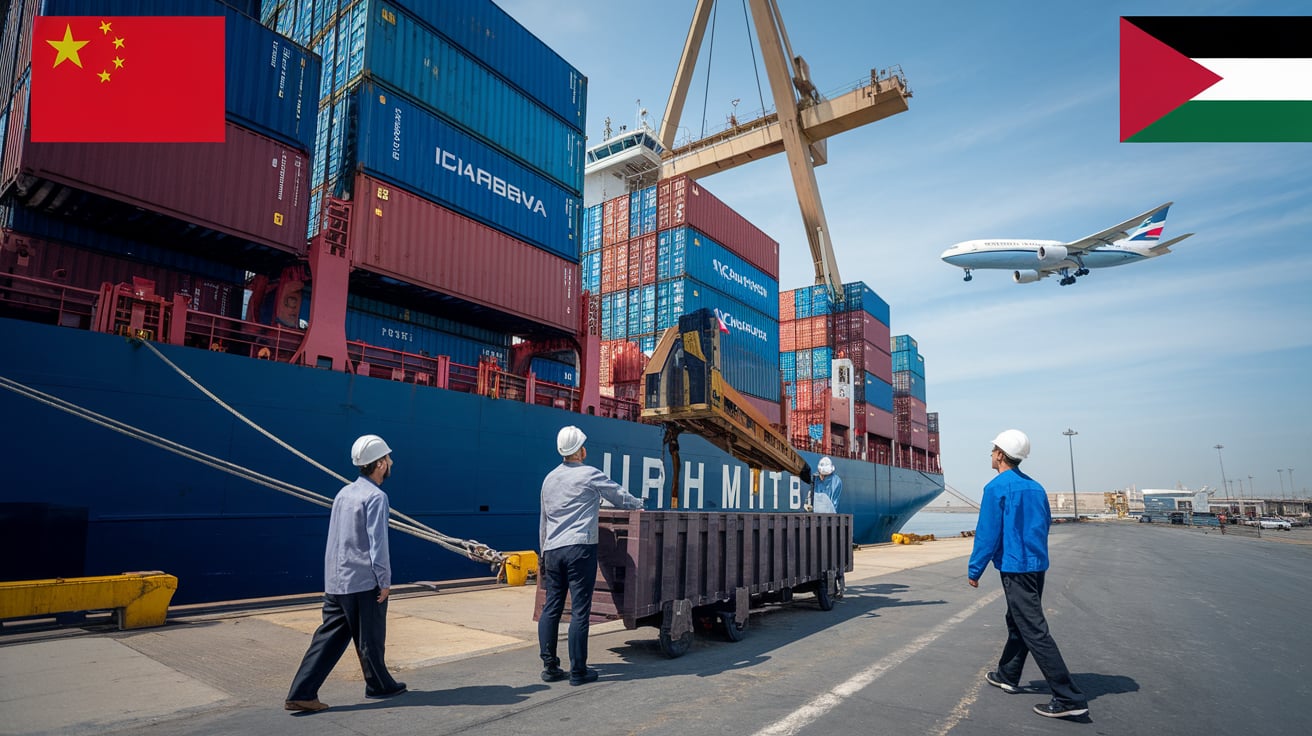
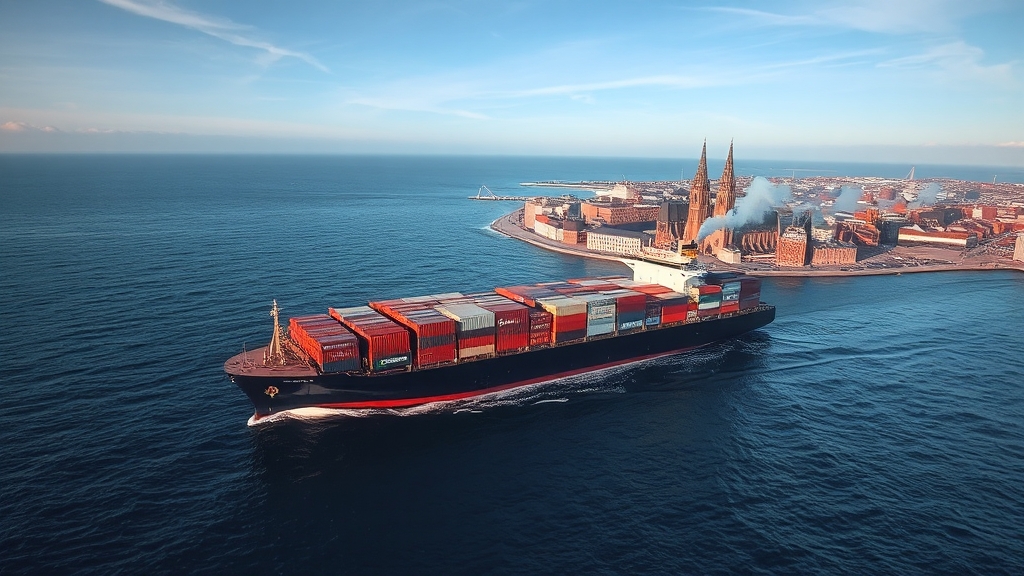
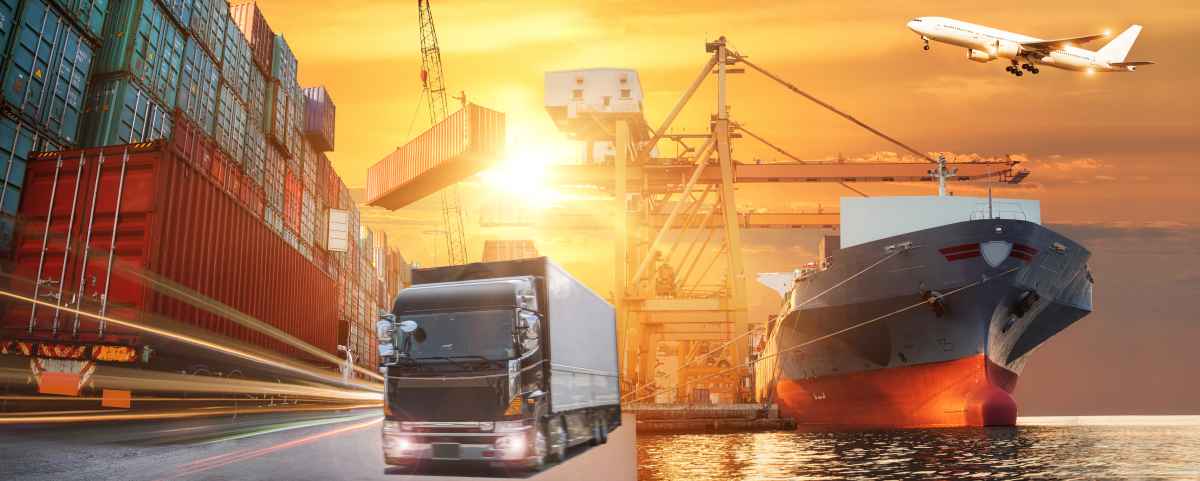





 Afrikaans
Afrikaans Shqip
Shqip አማርኛ
አማርኛ العربية
العربية Հայերեն
Հայերեն Azərbaycan dili
Azərbaycan dili Euskara
Euskara Беларуская мова
Беларуская мова বাংলা
বাংলা Bosanski
Bosanski Български
Български Català
Català Cebuano
Cebuano Chichewa
Chichewa 简体中文
简体中文 繁體中文
繁體中文 Corsu
Corsu Hrvatski
Hrvatski Čeština
Čeština Dansk
Dansk Nederlands
Nederlands English
English Esperanto
Esperanto Eesti
Eesti Filipino
Filipino Suomi
Suomi Français
Français Galego
Galego ქართული
ქართული Deutsch
Deutsch Ελληνικά
Ελληνικά Kreyol ayisyen
Kreyol ayisyen Harshen Hausa
Harshen Hausa Ōlelo Hawaiʻi
Ōlelo Hawaiʻi עִבְרִית
עִבְרִית हिन्दी
हिन्दी Hmong
Hmong Magyar
Magyar Íslenska
Íslenska Igbo
Igbo Bahasa Indonesia
Bahasa Indonesia Gaeilge
Gaeilge Italiano
Italiano 日本語
日本語 Basa Jawa
Basa Jawa ಕನ್ನಡ
ಕನ್ನಡ Қазақ тілі
Қазақ тілі ភាសាខ្មែរ
ភាសាខ្មែរ 한국어
한국어 كوردی
كوردی Кыргызча
Кыргызча ພາສາລາວ
ພາສາລາວ Latin
Latin Latviešu valoda
Latviešu valoda Lietuvių kalba
Lietuvių kalba Lëtzebuergesch
Lëtzebuergesch Македонски јазик
Македонски јазик Malagasy
Malagasy Bahasa Melayu
Bahasa Melayu മലയാളം
മലയാളം Maltese
Maltese Te Reo Māori
Te Reo Māori मराठी
मराठी Монгол
Монгол ဗမာစာ
ဗမာစာ नेपाली
नेपाली Norsk bokmål
Norsk bokmål پښتو
پښتو فارسی
فارسی Polski
Polski Português
Português ਪੰਜਾਬੀ
ਪੰਜਾਬੀ Română
Română Русский
Русский Samoan
Samoan Gàidhlig
Gàidhlig Српски језик
Српски језик Sesotho
Sesotho Shona
Shona سنڌي
سنڌي සිංහල
සිංහල Slovenčina
Slovenčina Slovenščina
Slovenščina Afsoomaali
Afsoomaali Español
Español Basa Sunda
Basa Sunda Kiswahili
Kiswahili Svenska
Svenska Тоҷикӣ
Тоҷикӣ தமிழ்
தமிழ் తెలుగు
తెలుగు ไทย
ไทย Türkçe
Türkçe Українська
Українська اردو
اردو O‘zbekcha
O‘zbekcha Tiếng Việt
Tiếng Việt Cymraeg
Cymraeg יידיש
יידיש Yorùbá
Yorùbá Zulu
Zulu